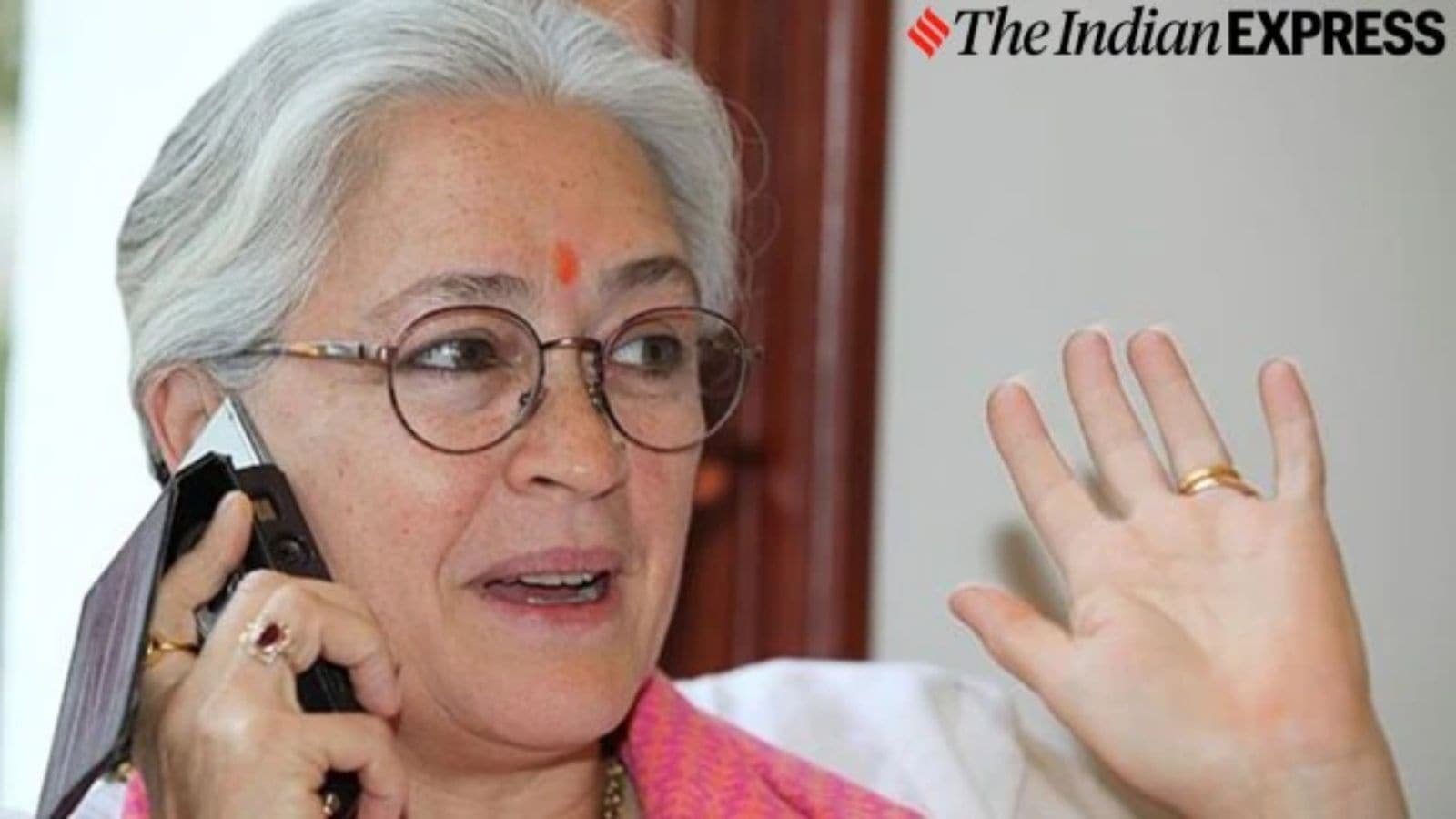Veteran actor and politician Nafisa Ali Sodhi, who bravely fought stage 3 peritoneal and ovarian cancer in 2018 and had remained cancer-free since, has shared a post that it has returned again. The actor revealed that she will be resuming chemotherapy, as surgery is not an option for her at the moment. In her post, she wrote, “A new chapter in my journey from today . I had my PET scan yesterday … so back to chemotherapy as surgery is not possible. Believe me I love life .”
As she battles another round of therapy, determined to be victorious, Dr Archit Pandit, director, surgical oncology, Fortis Escorts, Okhla, says, “Although each patient’s cancer is different, recurrence rates are common in this type of cancer, with them being higher in advanced-stage ovarian cancer compared to early-stage disease.” Sodhi had stage 3 in 2018, which is considered an advanced stage of the disease, meaning the cancer had spread beyond the ovaries into the lining of the abdominal cavity (the peritoneum) or nearby lymph nodes. But it had not spread to other organs and was fairly localised. Treatments for stage 3 ovarian cancer are comprehensive and may include surgery to remove visible cancer and chemotherapy to eliminate remaining cancer cells.
What is ovarian and peritoneal cancer?
Both cancers arise from epithelial cells, the kind that lines the ovaries and the peritoneum, the membrane lining the abdominal cavity. Both cancers tend to spread along the lining of the abdomen, making it difficult to determine the original site of the cancer.
Mostly asymptomatic in the early stages, they cause similar symptoms, such as abdominal bloating, swelling, pain and a feeling of fullness, often detectable only in late stages. Such cancers are curable if detected in the early stages.
What are the chances of relapse after stage 3 ovarian/peritoneal cancer?
The recurrence rate for stage 3 ovarian cancer is between 70% and 90%. This does not mean that the treatment has failed. It means that while immediate surgery and chemotherapy may have eliminated the macroscopic disease, microscopic cancer cells remained dormant and grew back over time. Or certain cells mutated.
What kind of chemotherapy is administered after a relapse?
The idea behind chemotherapy is to shrink the tumour to a stage where a surgery is possible. But in such relapse cases we do an advanced chemotherapy called HIPEC or hyperthermic intraperitoneal chemotherapy, which has shown results over the last ten years. This is a liquid therapy where the chemotherapy drug is administered as a fluid via a catheter, heated between 41 to 43 degrees centigrade, and circulated in the patient’s abdomen. It comes in direct contact with the micro environment of the tumour and as a concentrated dose, can kill it. The heated liquid is circulated for about 90 minutes to enhance drug absorption by tumour cells and destroy microscopic cells.
Since this method delivers the chemotherapy directly to the cancer site, it reduces the amount of drug that circulates throughout the body. So side effects are fewer. This therapy is known to have increased survival rates of ovarian cancer.
Story continues below this ad
What should women do to prevent ovarian cancer?
This may sound cliched but obesity is the biggest risk factor. So keep your body weight in range, have a good balanced diet rich in fruits, vegetables and whole grains. Limit sugar and give up alcohol, smoking and processed foods. Exercise regularly. Get a genetic testing done if you have a family history.
© The Indian Express Pvt Ltd




